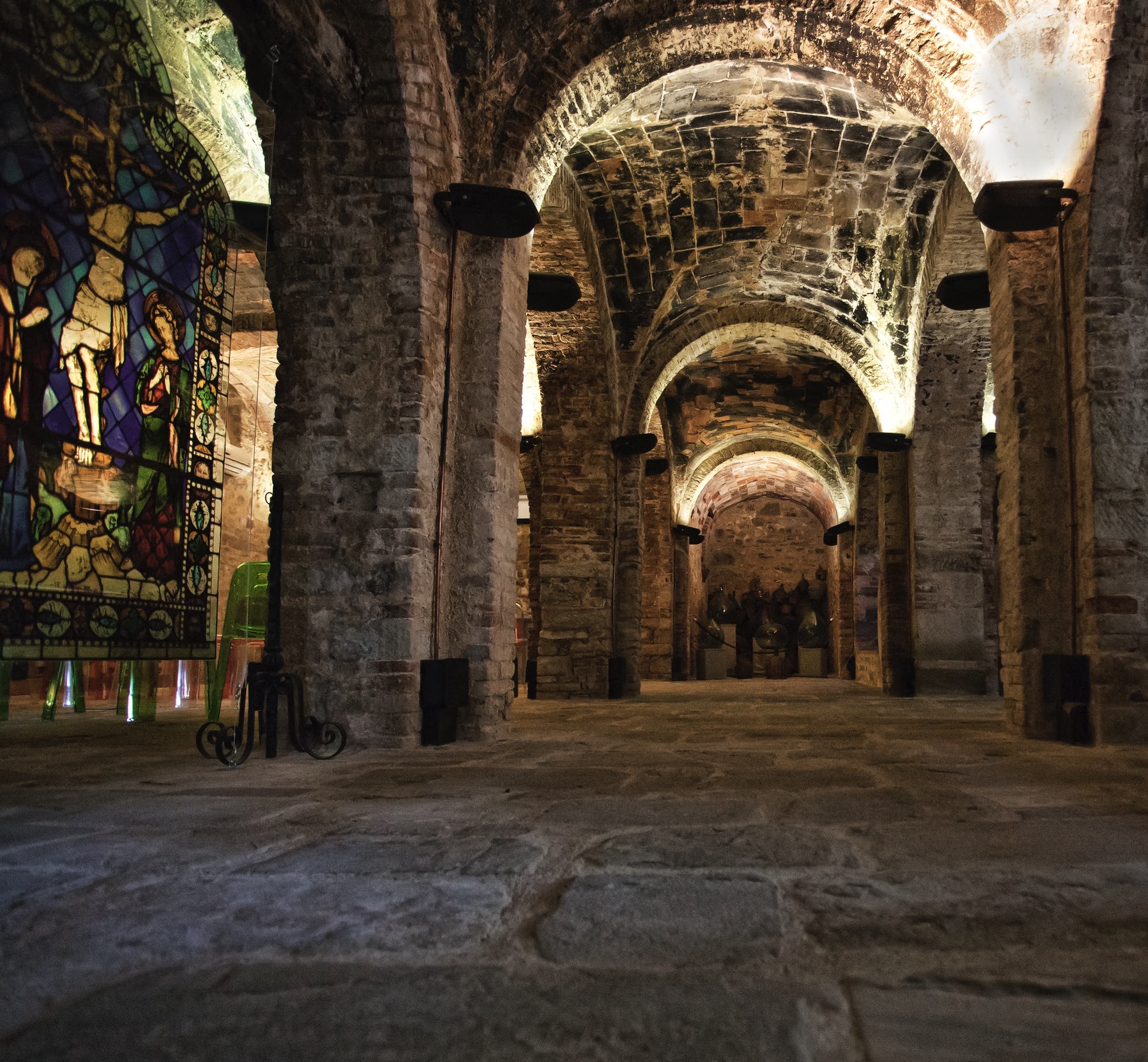HISTORY
MAGIONE
Magione, located next to a hill 292 meters above sea level, dominates the plains below. As testified by the many etruscan findings, the place was inhabited since ancient times, and the first settlement, Carpina, later Pian di Carpine, was built after the rise of Christianity. Pian di Carpine was in fact the official name of Magione and its surrounding settlements during the middle ages. The main village experienced a major development after the arrival of the Jerusalem Knights, known as the Knights of Malta, during the 12th century, which built a chantry in the present-day Castle of the Knights of Malta “La Badia”.
Tensions arose in the mid 13th century between the Knights and the inhabitants, leading to the rebellion of the serfs supported by the city of Perugia. The castle of Montecolognola was then built on the ashes of the revolt, marginalizing Pian di Carpine till modern age.
Despite that, Magione was an important trading hub between Perugia and Cortona and, starting from the 14th century, many inns and a tavern were built there. Beside these activities of hospitality and reception, there were also many mills and blacksmiths.
The town of Magione, ranging from the Lambardi Tower to the Castle of the Knights of Malta, didn’t go through any significant changes until the 19th century, when they began to build the national road connecting Perugia to Tuscany, leading to a staggering growth, especially in the second post-war.
The modern name, Magione, is connected to the old Jerusalemite chantry, which was mentioned in some medieval documents and referred to as fortilitium mansioniis domus S. Johannis in villa Plani Carpini, sometimes just as Magione.
SAN FELICIANO
Located along the shores of Lake Trasimeno, San Feliciano is one of the most important and visited settlements of the area, also because of the pier connecting to the Polvese Island. Its origins are very ancient, as testified by the many archeological findings discovered during the intense activities of dredging in the surrounding area.
The most ancient proof is a document from the 13th century, the small community suffered many mercenary raids and pillages during the Middle Ages.
Its history was always connected to that of the Polvese Island since it was one of its main landmarks ashore.







DEL TRASIMENO

